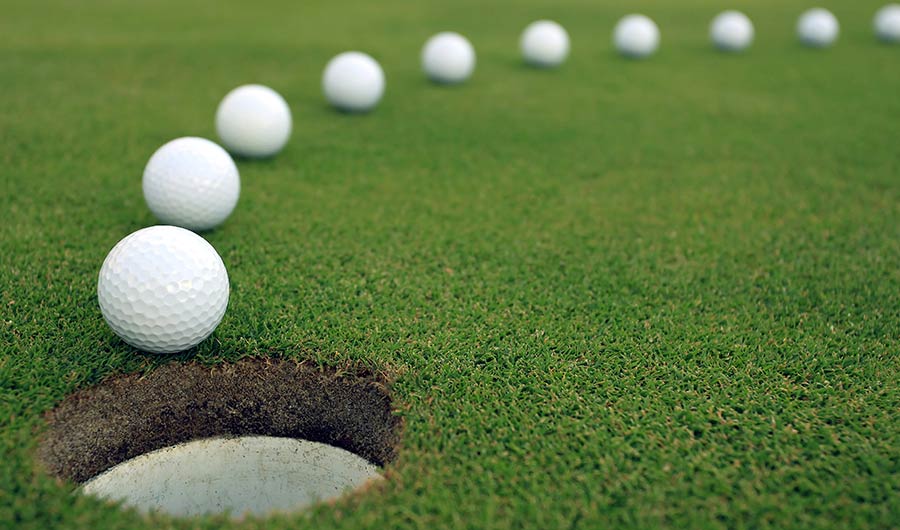BRIEF: Counting the Effect of the Earth's Rotation on Our Favorite Sports

(Inside Science) -- Just in time for the opening week of baseball season and golf's Masters Tournament, two Australian physicists computed how much the rotation of the Earth deflects the movement of the ball or even the competitors. This drift is due to the Coriolis effect, which deflects the horizontal movement of objects to the right as they move in the Northern Hemisphere, and to the left in the Southern. It's the same reason why tropical cyclones tend to rotate counterclockwise in the Northern Hemisphere and clockwise in the Southern Hemisphere.
In comparison to the scale of giant storms, the distances in sports are, of course, small. The size of the effect upon a ball in flight ranges from a bit less than a centimeter for a long throw in cricket, to nearly 4 centimeters for a nearly 280-yard drive in golf. Those figures are for a sporting event taking place at the 45th parallel -- say a point in Michigan or southern New Zealand that is halfway between the equator and the North or South pole, respectively. The effect is minimal at the equator and grows larger the closer you get to either pole.
But, as the authors write in their paper, released last week in the journal Physica Scripta, "a very small sideways breeze would completely mask the effects of the Coriolis force."
At the 45th parallel, a 2-mph wind would deflect a golfer's tee shot by about 3.5 meters -- nearly 100 times more than the 4 cm that can be attributed to the Coriolis force. Current forecasts put the winds at 10 mph or more in the Masters' host town of Augusta, Georgia, throughout the tournament.
While pro athletes typically do pretty well when estimating the amount that a ball drifts in flight due to factors such as the spin or wind, the new research might highlight certain situations when the drift due to the Coriolis effect might be enough for athletes to consider. Where it really starts to add up is when friction with water or the ground is involved. For rowers sculling across the water, horse racers or even someone running a mile along a track, the need for course correction can reach the tens of meters.

